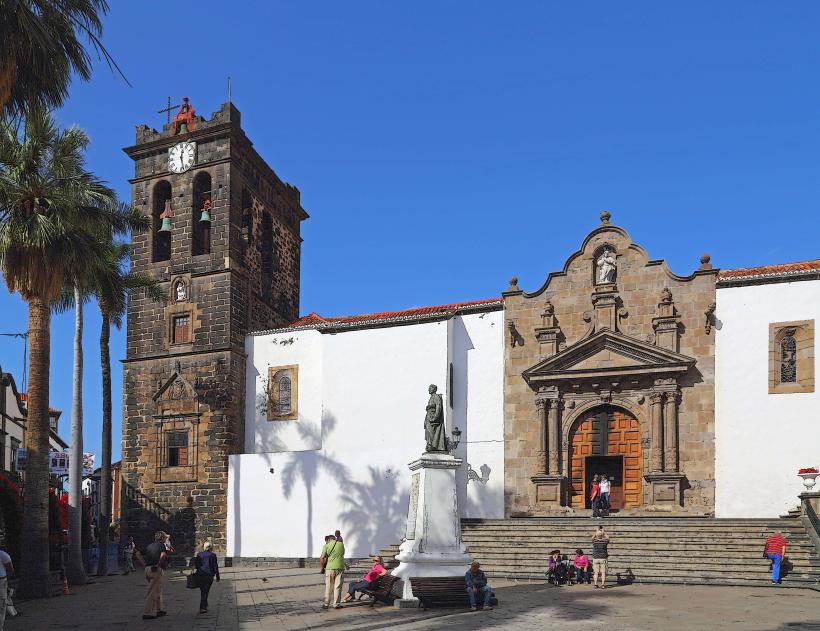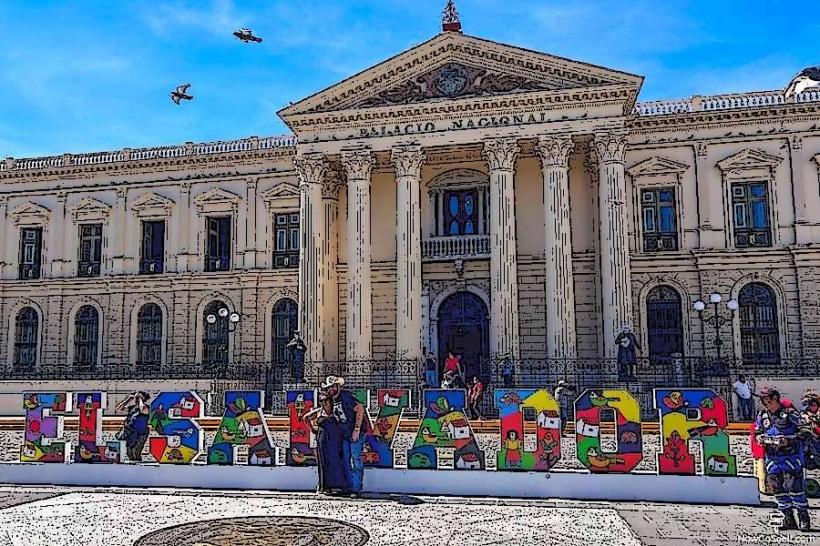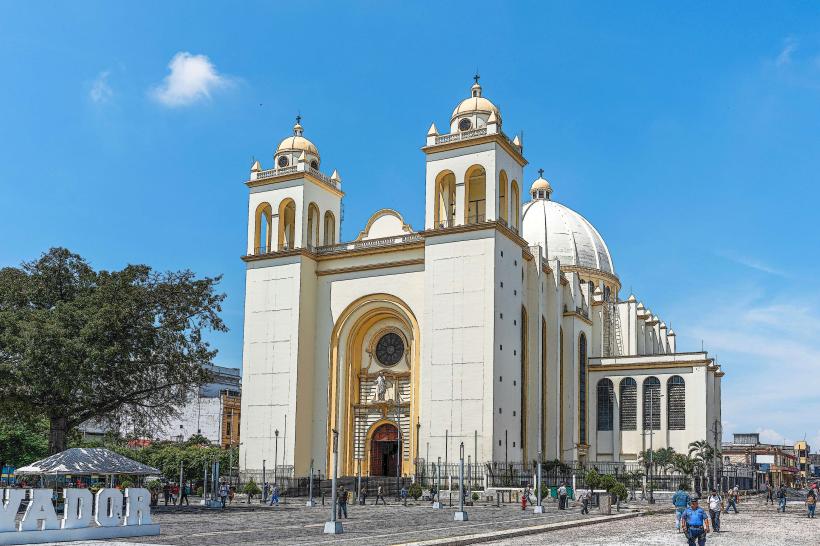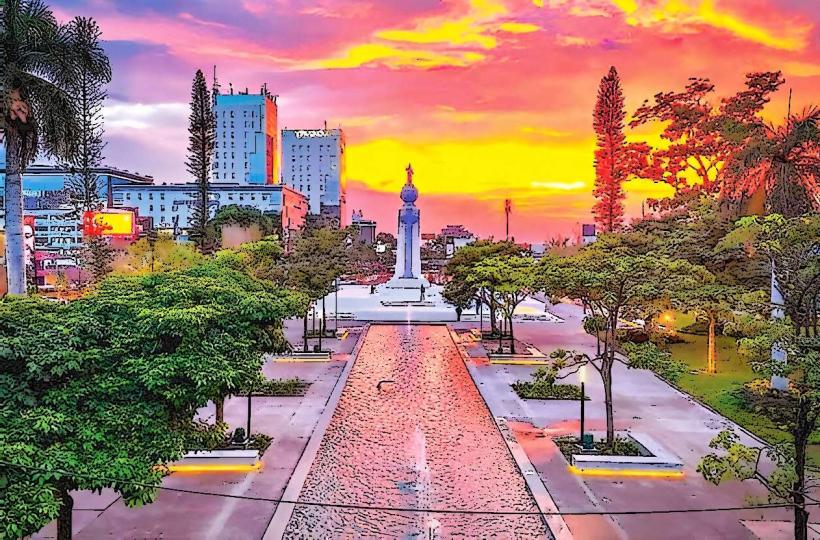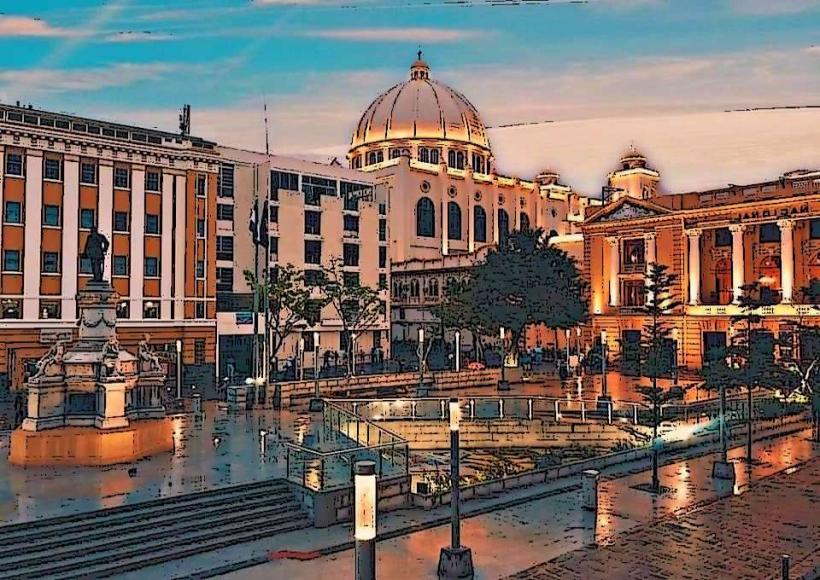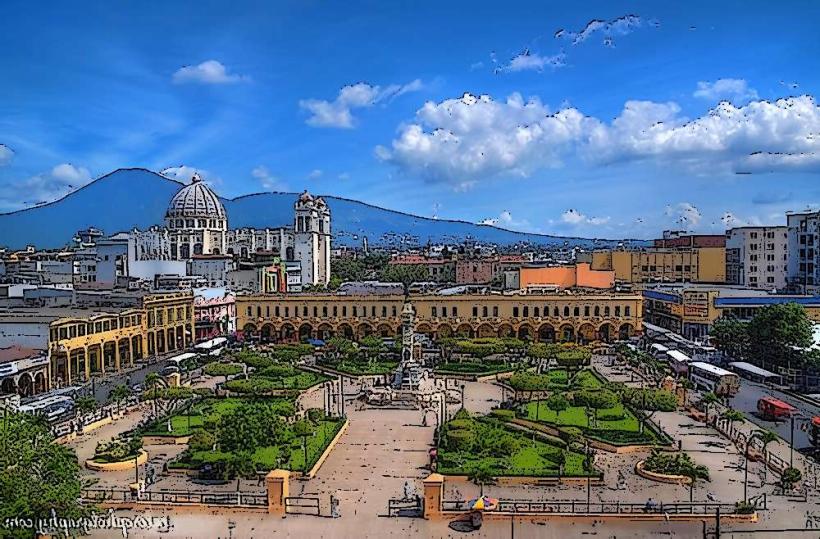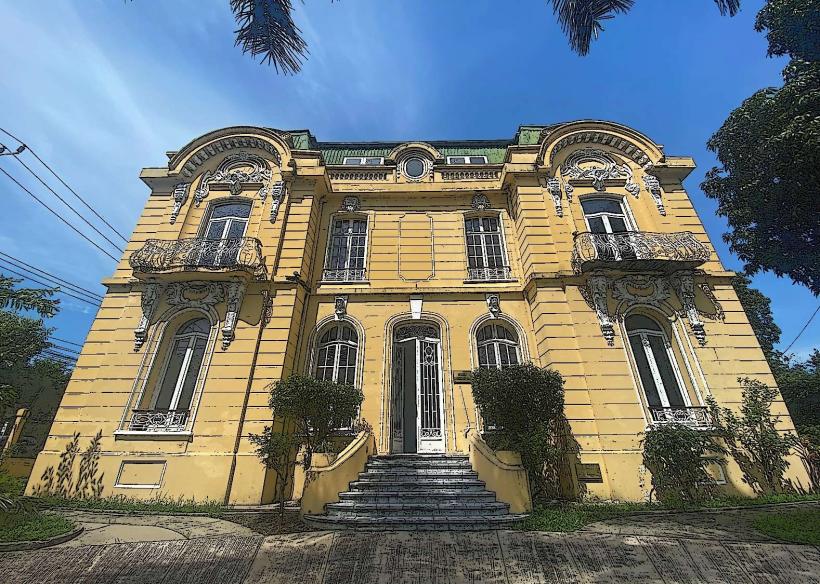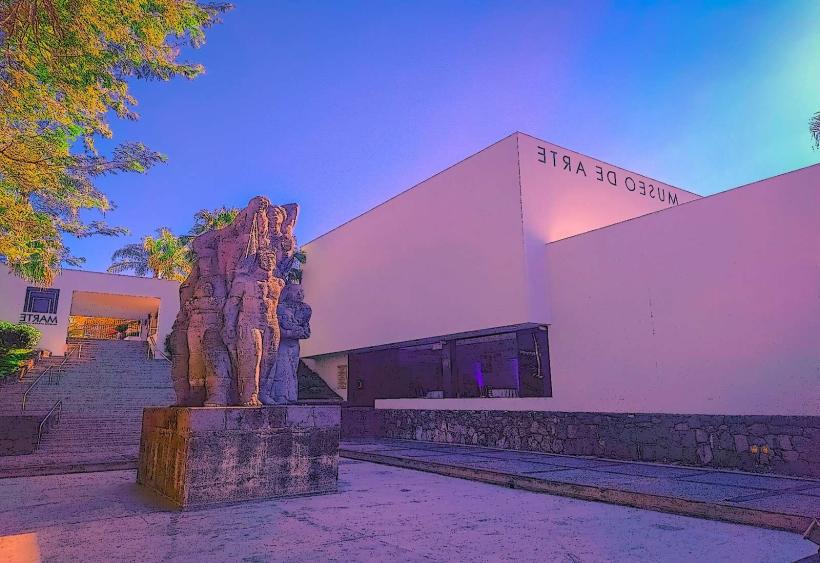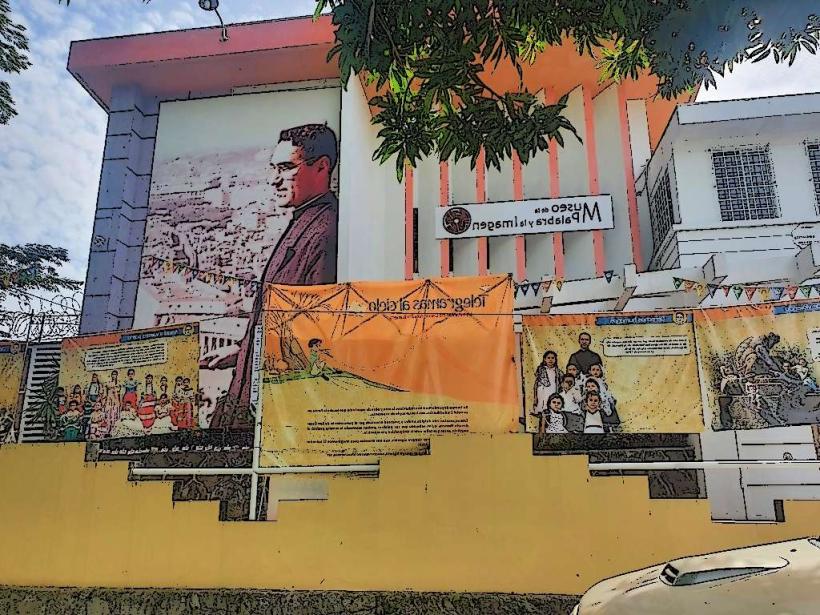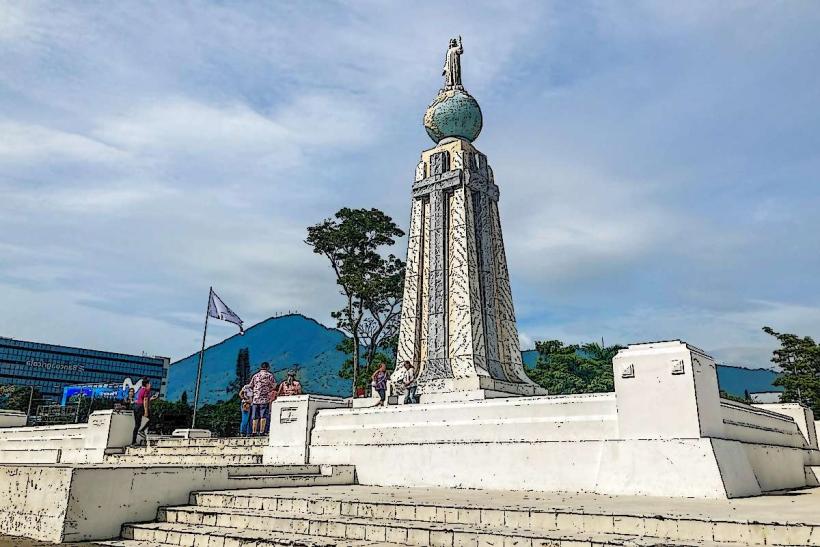Information
Landmark: National Museum of AnthropologyCity: San Salvador
Country: El Salvador
Continent: North America
National Museum of Anthropology (MUNA) – San Salvador, El Salvador
The National Museum of Anthropology Dr. David J. Guzmán (MUNA) is El Salvador’s most important museum dedicated to archaeology, anthropology, and cultural history. Located in San Salvador, MUNA preserves and showcases the country’s indigenous heritage, pre-Columbian civilizations, and colonial history.
Through its extensive collection of artifacts, interactive exhibits, and educational programs, MUNA serves as a cultural and historical hub for both locals and tourists interested in the rich and diverse history of El Salvador.
History and Establishment
MUNA was founded in 1883 by Dr. David J. Guzmán, a Salvadoran scientist and historian. Initially, the museum focused on natural sciences, history, and anthropology, but over the years, it evolved into a dedicated anthropological museum.
The current museum building was inaugurated in 1945, and it has since undergone several renovations to modernize its exhibits and facilities. Today, MUNA is one of the leading cultural institutions in Central America, playing a crucial role in preserving and promoting Salvadoran heritage.
Permanent Exhibits and Collections
MUNA houses thousands of artifacts spanning from pre-Columbian civilizations to the modern era. Its collections are divided into several thematic rooms, each focusing on a specific aspect of Salvadoran anthropology.
1. Pre-Columbian Civilizations
This section explores the indigenous cultures that inhabited El Salvador before the Spanish conquest. Key highlights include:
- Maya artifacts from ancient cities such as Joya de Cerén and San Andrés.
- Pipil ceramics and sculptures, showcasing their artistic and religious traditions.
- Stone tools, ceremonial objects, and jewelry from early Mesoamerican civilizations.
2. Agriculture and Daily Life
This exhibit highlights how ancient Salvadoran societies lived and worked, with artifacts related to:
- Agricultural tools used for growing maize, beans, and squash.
- Traditional pottery and cooking utensils.
- Recreations of pre-Columbian homes, including replicas of Mayan and Pipil dwellings.
3. Religion and Mythology
MUNA features exhibits on indigenous spirituality and mythology, including:
- Sculptures of deities worshipped by ancient Salvadoran civilizations.
- Sacrificial altars and ceremonial objects used in religious rituals.
- Interactive displays on Maya cosmology and the sacred calendar.
4. Spanish Conquest and Colonial Era
This section explores the impact of the Spanish conquest in the 16th century, covering:
- Weapons, armor, and tools brought by Spanish explorers.
- Religious artifacts and colonial-era church relics.
- Documents and manuscripts detailing the interaction between the Spanish and indigenous peoples.
5. Ethnographic and Modern History
MUNA also focuses on contemporary indigenous communities and cultural traditions, featuring:
- Traditional clothing, musical instruments, and crafts from modern-day Pipil and Lenca communities.
- Exhibits on the 1932 Indigenous Massacre (La Matanza).
- Photographs and multimedia displays on modern Salvadoran culture and identity.
Special Exhibitions and Events
MUNA frequently hosts temporary exhibitions that cover a wide range of topics, including:
- New archaeological discoveries in El Salvador.
- Indigenous resistance and cultural survival.
- The role of women in Salvadoran history.
- Multimedia presentations on migration, globalization, and identity.
In addition, the museum organizes:
- Conferences and lectures by historians and archaeologists.
- Workshops on traditional arts, crafts, and music.
- Educational programs for schools and universities.
Cultural and Scientific Importance
MUNA is not only a museum but also a center for research and preservation.
- It collaborates with universities and archaeologists to study and protect historical sites.
- It maintains a library and archive with rare books, documents, and photographs.
- It serves as a training center for anthropologists and historians.
By documenting and preserving El Salvador’s cultural heritage, MUNA plays a vital role in ensuring that future generations understand and appreciate their history.
Location and Accessibility
MUNA is located in San Benito, San Salvador, a district known for its cultural attractions.
- It is near other important sites such as MARTE (Museum of Art of El Salvador).
- The museum features a gift shop, a café, and an auditorium for events.
- It is accessible by public transportation and private vehicles.
Conclusion
The National Museum of Anthropology Dr. David J. Guzmán (MUNA) is El Salvador’s premier institution for exploring the country’s ancient and modern heritage. Its diverse collections, interactive exhibits, and educational programs make it a must-visit destination for anyone interested in archaeology, anthropology, and Salvadoran culture.
MUNA stands as a guardian of history, preserving the stories, traditions, and artifacts that define El Salvador’s identity.

